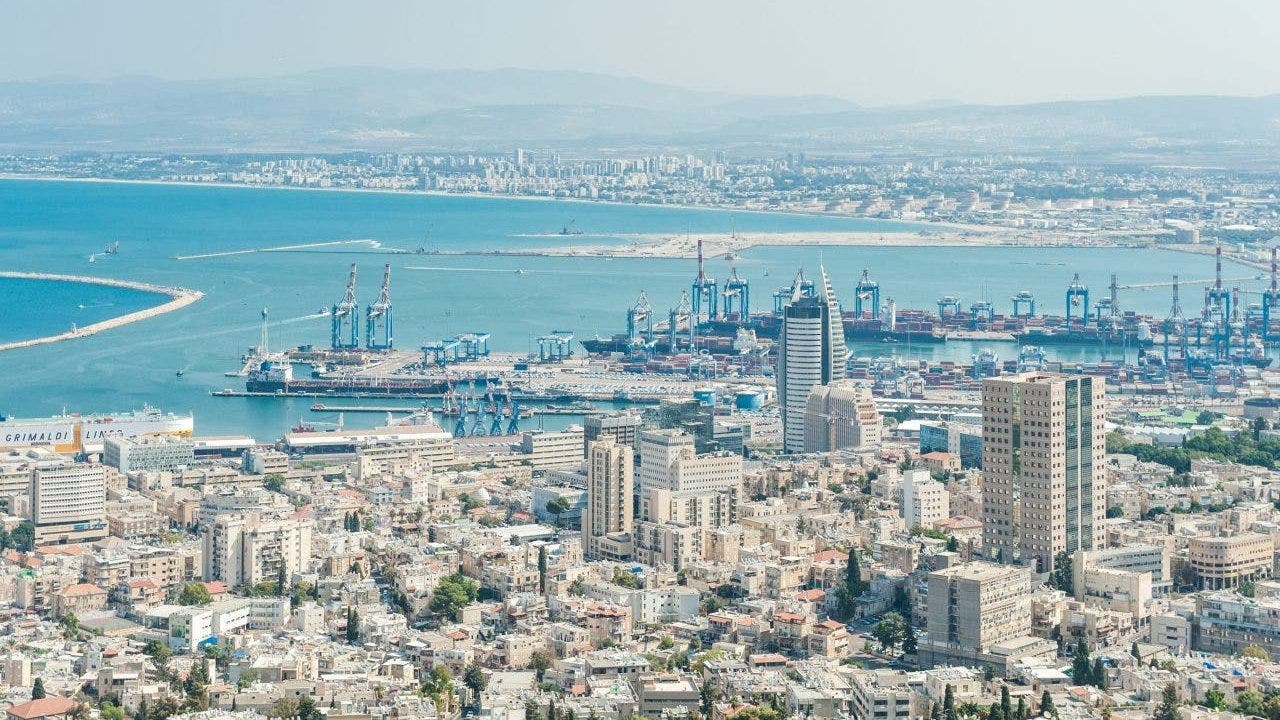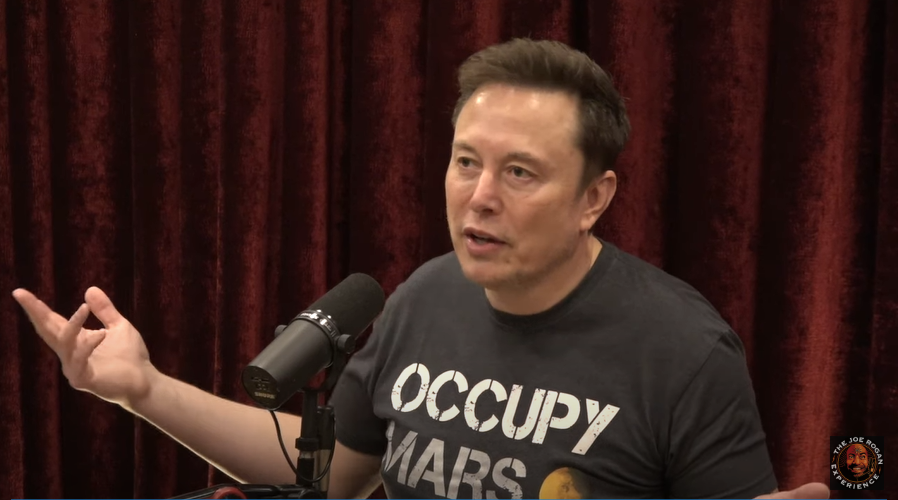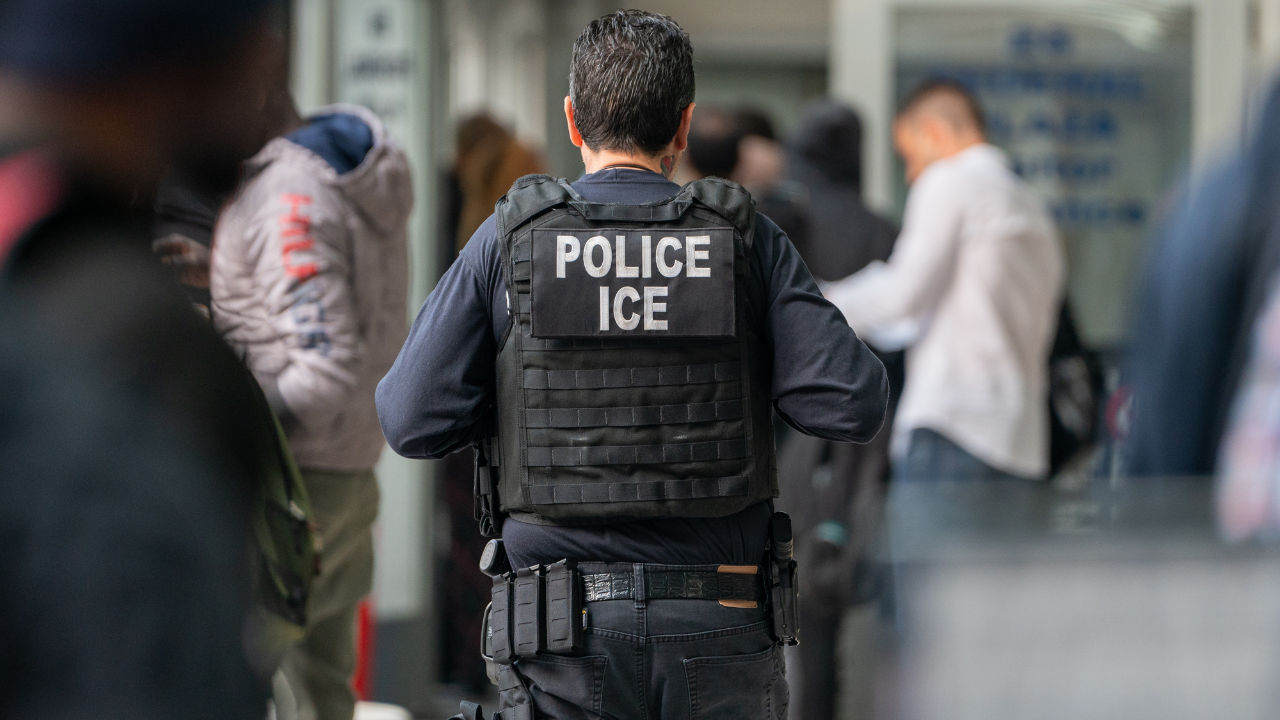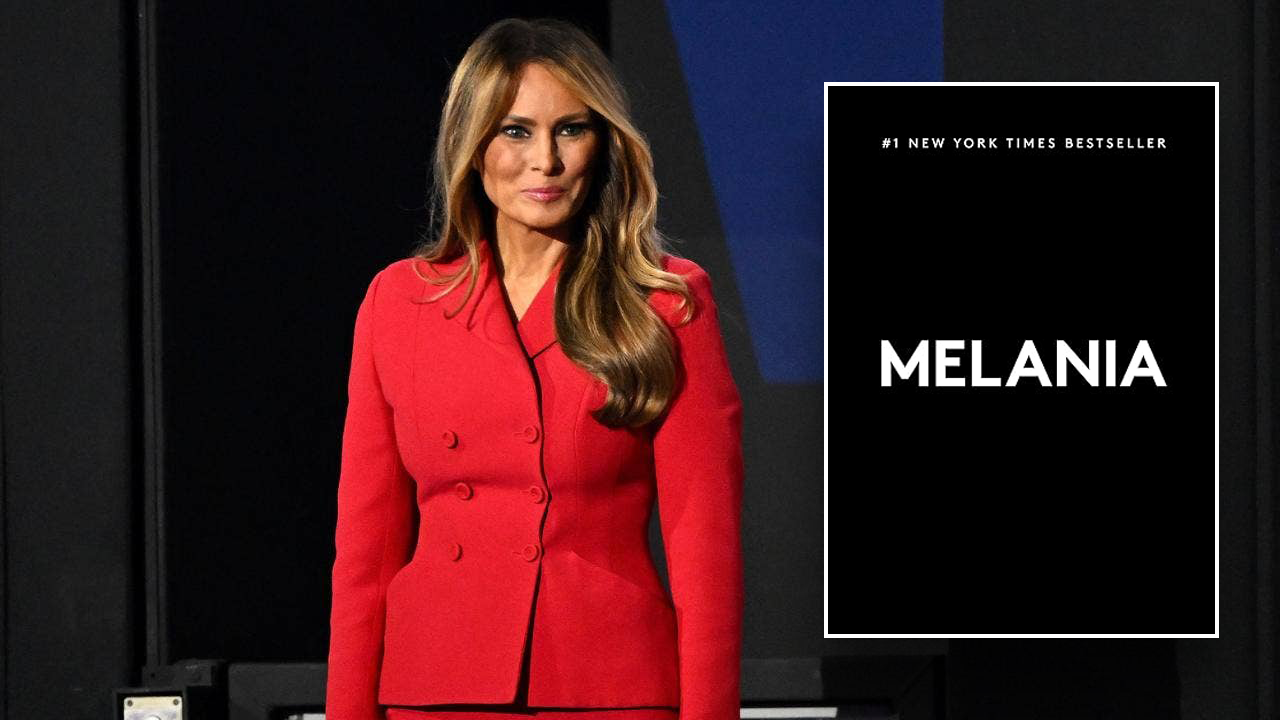Could thousands more U.S. Marines be stationed in Australia?
:quality(70)/cloudfront-us-east-1.images.arcpublishing.com/archetype/4QUWB2NKCNCPXPEN5FSFOLHPHU.jpg)
Roughly 2,000 U.S. Marines played a central role in two exercises in Australia this summer that tested how the nation would react to a crisis in the region, the latest example of the deepening security ties between the two countries in the face of an ascendant China.
But the land down under would end up hosting thousands more Marines on a near-permanent basis — perhaps up to 16,000 — under a plan recently floated by an Australian think tank.
Australia’s Institute of Public Affairs argued in a report released this week that hosting all those Marines could be the country’s “cheapest boost” to deterrence against adversaries such as China.
“The Australian government should open discussions with the U.S. to host a rotational presence of a Marine Expeditionary Brigade potentially of around 16,000 personnel, bringing with it significant increased firepower and aviation assets,” the report states.
RELATED
For more than a decade, the Corps has dedicated a rotational force that typically runs out of Camp Darwin on the northern coast of the Northern Territory, strategically positioned with access to Indonesia and a 1,400-mile direct shot to the southern section of the Philippines.
While the existing Camp Darwin and its surrounding expanse in the Northern Territory holds ample room for more troops and equipment, further infrastructure to support permanently or semi-permanently stationing troops there would be required, the report warns.
“We acknowledge that recent governments have started this process, but only stress that more needs to be done more quickly,” according to the think tank report. “The government needs to start a discussion with the private sector about the best way to speed and scale-up this exercise.”
The organization estimates that a Marine build-up could start as soon as next year and be fully in place by 2028.
In July, Marines participated in Exercise Pitch Black and Exercise Predator’s Run with Australia.
The Marine Rotational Force-Darwin, or MRF-D, has been a key player in the country’s military exercises since at least 2012. But those forces are only on site from April to October each year.
While there, the Marines fill in gaps and bring capabilities to link into existing Australian and partner nation forces.
“We have a force that has, first and foremost, the ability to respond to a crisis across any spectrum,” Col. Brian Mulvihill, the commanding officer of MRF-D, told Marine Corps Times this month.
The strategic positioning in Australia gives the Marines another position in China’s neighborhood, adding to the nearly 18,000 Marines on Okinawa and an ongoing force buildup on Guam.
To meet the tactical needs of the West Pacific, the Corps has built Marine Littoral Regiments, the 3rd MLR in Hawaii, the 12th MLR still under construction in Okinawa and a Guam-based regiment to launch next year.
Those units are equipped with more sensing, air defense and targeting gear than a traditional infantry or artillery regiment. The Marines recently partnered with the Japanese military to conduct a quick-reaction landing of a radar system on Yonaguni Island, which is Japanese territory, within 70 miles of Taiwan.
U.S. Defense Secretary Lloyd Austin hosted Australian government foreign affairs and defence ministers and the country’s deputy prime minister in Annapolis, Maryland, this week.
In a joint statement posted to the Pentagon’s website Tuesday, the dignitaries noted a series of economic, climate change and security-focused partnerships.
While committing to keep communication open with China, the statement also held a warning for Beijing, while reinforcing the American commitment “to maintain the steady and long-term presence of Australian and U.S. aircraft and vessels in the Indo-Pacific.”
The statement did not cite specifics of increased U.S. troop stationing in Australia.
Read the full article here


